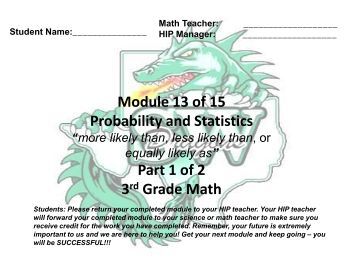Ecdl Module 1 Notes Pdf
Read Microsoft Word - ECDL Module 1 Notes.doc text version St. Michael Foundation ECDL Module 1 Vers. 1.1 ECDL Module 1 Concepts of Information Technology Study resources for the module............ 2 Online sources............... 2 What is a Computer?............. 2 Types of Computers..............

ECDL Module 2 REFERENCE MANUAL. No warranties are made, expressed or implied with regard to these notes. European Computer Driving Licence, ECDL. ICDL Module 1 Concepts of Information Technology David Varley IMPORTANT NOTICE All candidates who follow an ICDL/ECDL course must have an official CDL/ECDL.
3 A PC's parts............... 4 Computer data flow.............. 5 What are peripheral devices?........... 5 Computer performance............. 5 CPU and RAM Speed measurements..........
6 Storage/folder/file measurements........... 6 Approximate storage capacity of devices and their cost....... 6 Formatting a disk.............. 7 Software................ 8 GUI as opposed to CLI.............
8 System Development............. 9 Networking............... 10 What is the World Wide Web?.......... 11 The Use of IT in everyday life............ 12 What is a Teleworker?............ 13 Our electronic world.what the E in the word means.......
13 Health and Safety.............. 14 The Environment.............. 15 Security Open Paperport Max Files. ................ 16 Viruses................ 17 Virus categories..............
17 Copyright and the Law............. 18 Data Protection Act............. Michael Foundation ECDL Module 1 Vers. 1.1 Study resources for the module. Modules 2-7 of the ECDL examination are practical examinations, in other words, the student is expected to show competent knowledge in the use of the applications. This knowledge may only be gained through continual practice, gained through using the application and experimenting with various scenarios.
On the other hand Module 1 is a `written' examination; the form of the exam is one of a multiple choice. Real insight is needed in the interpretation of the given answers. It is very important that the student does not solely rely on the work that is done in the classroom, but supplements their knowledge by searching the internet for past papers and attempting them, asking where they do not understand.
These notes are designed to supplement course content delivered in class and should not replace any notes you should be taking. Remember people have failed the exams because they could not interpret the question and did not know what the examiner was asking them to do. Online sources >syllabus >Computer Studies and ICT>ECDL Google seach engine >type in +ECDL +Module +1 +Practice +Papers (or any other similar combination) What is a Computer? A Computer is a technological piece of machinery whose main function was originally to provide calculations this has now spilled out into uses such as drawing of diagrams, gaming and word processing. But why do we call the subject Information Technology (IT)? Well we are living in what is currently known as the Age of Information, where information means power which in turn means money! The more that companies know about you the greater their power base is in the market.
Michael Foundation ECDL Module 1 Vers. 1.1 A general concept of a Personal Computer (PC) is made up of the following Hardware (Things you can physically touch) Monitor Keyboard Mouse Systems Unit or Tower Loudspeakers Apart from the above a computer requires Software (Things you cannot touch) i.e. Programs to run, examples of these can be: Windows 98 (System Software) Windows XP (System Software) Windows Word (Word Processor application software) Age of Empires (Gaming Software) A computer cannot run without hardware or software. Drivers Alienware M17x R3.
Types of Computers There are several types of computers: Mainframe Computers Large machines used in corporations e.g. BOV) Personal Computer A machine for the user at home or office Laptop A portable computer, about the size of a briefcase Personal Digital Assistant (PDA) Palmtop miniaturized PC Naturally the processing power (the speed at which a computer performs calculations) is dependant upon its size which is in turn dictated by the amount of memory and processor it contains, generally the list above may be taken also as an order of the processing powers, the cost and storage capacity of computers.
Michael Foundation ECDL Module 1 Vers. 1.1 A PC's parts The 'brain' of a computer is called the Central Processing Unit: Figure 1 shows a scale image of an AMD CPU Input HDD FDD CDROM CDRW Microphone ZIP Keyboard Mouse Scanner Trackball Touchpad Digital Camera Lightpen Joystick Touchscreen Output HDD FDD CDRW Loudspeakers ZIP Monitor Printer Screen Plotter Touchscreen Figure 2 Cathode Ray Tube monitor Thin Film Transistor Monitor -4- St.